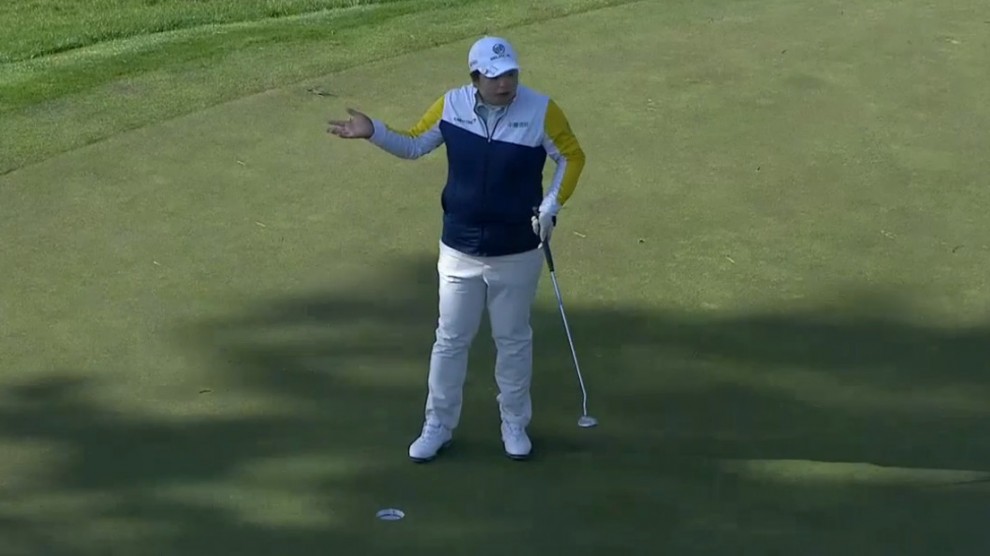"If it's inside the leather, it's good."
This is something you would typically hear on the golf course.
However, if you're new to golf, this might sound foreign to you. If you're standing on the first green of a match with some buddies or new golf pals, you might hear something about putts being given if they're "inside the leather." And, if you're new to the game or haven't heard the phrase, you might be confused.
What 'inside the leather' means in golf
When you hear the phrase "inside the leather" in golf, it means that your opponents or playing partners will give you the next putt (so you don't have to putt it) if your preceding putt finishes close enough to the hole that it's within a circle from the lip of the cup whose radius is the distance from the sole of the putter (or the end of the blade) to the bottom of the putter grip.
In other words, your opponent is creating a unit of measure inside of which they'll concede the next putt to you to speed up the round.
Where did 'inside the leather' come from?
In the old days, a golf grip was almost always made of leather. So, if the putt was "inside the leather" then the expectation was the golfer wouldn't miss the next one because the ball was close enough to the hole.
"Inside the leather" is a good rule of thumb for conceding putts and keeping play moving on the golf course. It's also good courtesy, particularly for newer players who may actually struggle inside the 2-foot range that typically is "inside the leather," even if putter grips are more now made of rubber or foam.
There are interpretations that "inside the leather" specifically means the space created by the bottom and top of the golf grip when laid on the ground, and the toe of the putter or the bottom of the putter blade is touching the outside edge of the cup.

